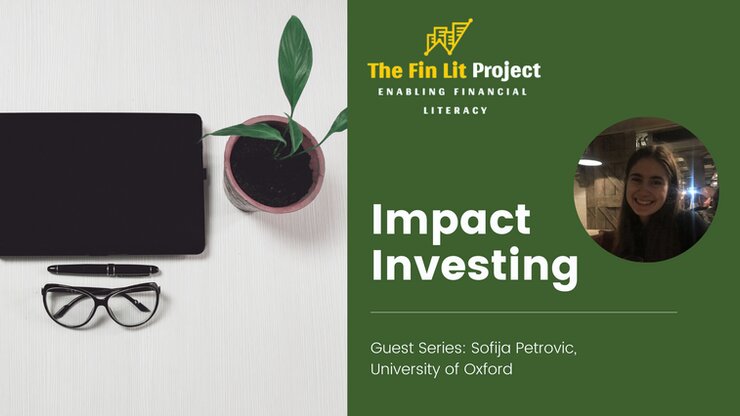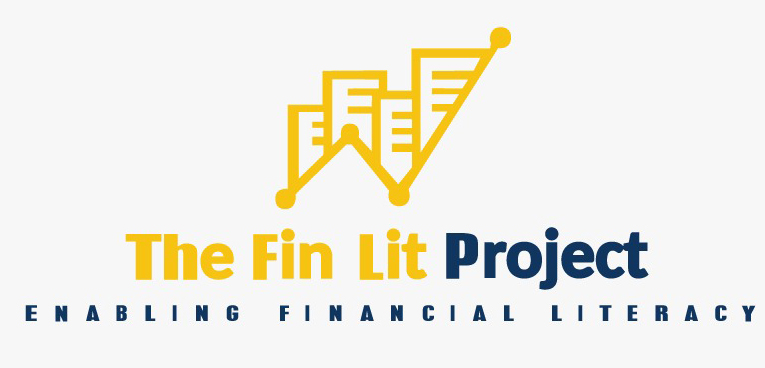My name is Sofija, I’m 20 years old and I’m a second-year Philosophy, Politics, and Economics student at the University of Oxford.
Impact investing refers to investments made with the intention to generate measurable social and environmental outcomes alongside financial returns. Impact investments are not restricted to one specific asset class or investor type and are made across different industries such as renewably energy, healthcare, education etc. Impact investors focus on environmental, social and corporate governance factors (ESG) when evaluating their investment decisions and seek to incorporate them into their strategic objectives. The Global Impact Investing Network (GIIN) estimates the current market size of the impact investing at $502 billion with over 1,340 organizations participating.
The recent trend towards impact investing and the increased demand for sustainability has brought impact investing into the mainstream, with a plethora of impact funds launched and major industry players starting to offer more sustainability-oriented products. The rising popularity of impact investing is indicative of the acknowledgement among investors that non-financial risks, such as climate change, must be incorporated into strategic decision-making.
In 2015, the United Nations General Assembly passed the 2030 Agenda for Sustainable Development, thus providing a “shared blueprint for peace and prosperity for people and the planet, now and into the future”[1]. This resolution specifies 17 Sustainable Development Goals (SDGs) as well as 169 targets that represent a comprehensive approach to addressing the most pressing global challenges. The SDGs are aimed at stimulating action across areas that are of critical importance for humanity and our planet and include goals such as the eradication of poverty, reduced inequality, climate action, quality education, clean water and sanitation. The 2030 Agenda was adopted by all UN Member States and constitutes a collective and ambitious attempt to shift our world toward a more equitable and sustainable path.
While the SGDs have gained much traction globally, the progress observed thus far is far from sufficient. The key reference for SDG financing has been the World Investment Report published by the United Nations Conference on Trade and Development (UNCTAD). UNCTAD estimates a financing gap of $2.5 trillion between current funding and what is required to achieve the SDG targets by 2030. A such, the private sector has a central role to play in advancing progress towards the SDGs, and it is through impact investing that we can address this funding gap and channel capital to environmentally sustainable and socially oriented enterprises.
When considering how to maximize impact through our investment decisions, it is important to take several factors into account. Firstly, as with any investment, conducting a thorough risk assessment is essential for understanding the risk profile of the investment project and ascertaining that the company, NGO, or any type of organization one is investing in, exhibits sound fundamentals.
However, an additional concern for impact investors is how to ensure that the investment will in fact generate a positive social outcome and is not subject to greenwashing. The latter refers to the provision of unsubstantiated or misleading claims about the sustainability characteristics of an investment product. Greenwashing is not limited to investment projects. In view of the shifting consumer perceptions concerning climate change and sustainability, many companies have made large investments into marketing their products as “green” and portraying themselves as having green credentials to mislead consumers into thinking that the product they are purchasing is sustainable.
To ensure ESG compliance, rigorous and systematic regulatory disclosures will be required. While there are no universally accepted accounting standards for measuring ESG performance, efforts are undertaken to develop standardised accounting frameworks, notably by the Sustainability Accounting Standards Board.
Impact investing might only be a recent trend; however, it is here to stay. Our current modus operandi comes at a significant human and environmental cost, leaving global issues such as increasing inequality, environmental degradation and racial or gender discrimination unaddressed. It is therefore incumbent upon each and every one of us to confront these issues and think about how to contribute to a more sustainable future. Impact investing is a good place to start.
This article features our Guest Writer and Green Finance enthusiast Sofija Petrovic. Sofija was born in Serbia but grew up in Greece and Germany and diversity played a big role in her life and continues to inspire her. Currently enjoying her degree in Philosophy, Politics and Economics at the University of Oxford, her interest in economics stems from her inherent desire to understand the complex structures of our world. During her internship at the Kiel Institute for the World Economy, she worked on “The One Million Bonds Project” that explored external bond issuances worldwide for over 200 years. It taught her a lot about how to approach complex issues in a structured way and endowed her with confidence in approaching big data. Sofija is super passionate to learn more and add value to the life of people in the field of finance.
Subscribe to The Fin Lit Project and join our community of finance enthusiasts to make better and informed financial decisions by Embracing Financial Literacy!
[1] https://sdgs.un.org/2030agenda


